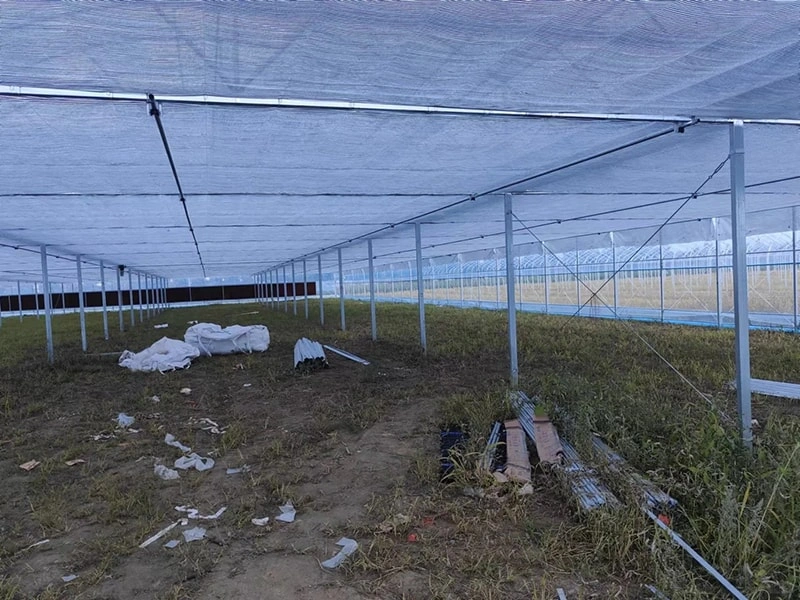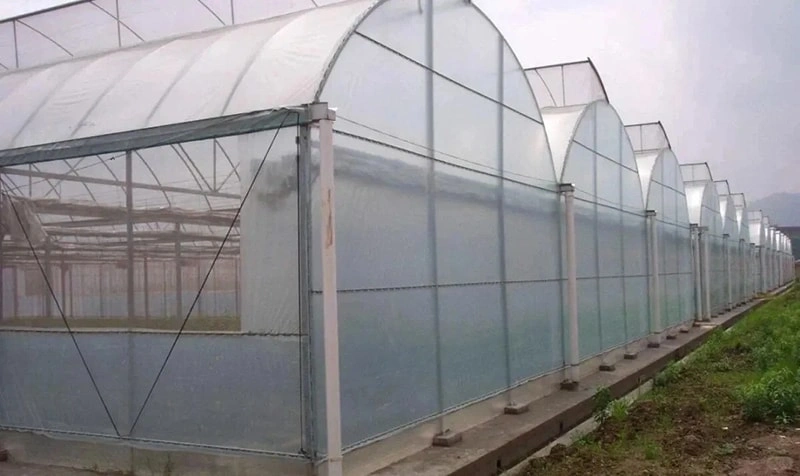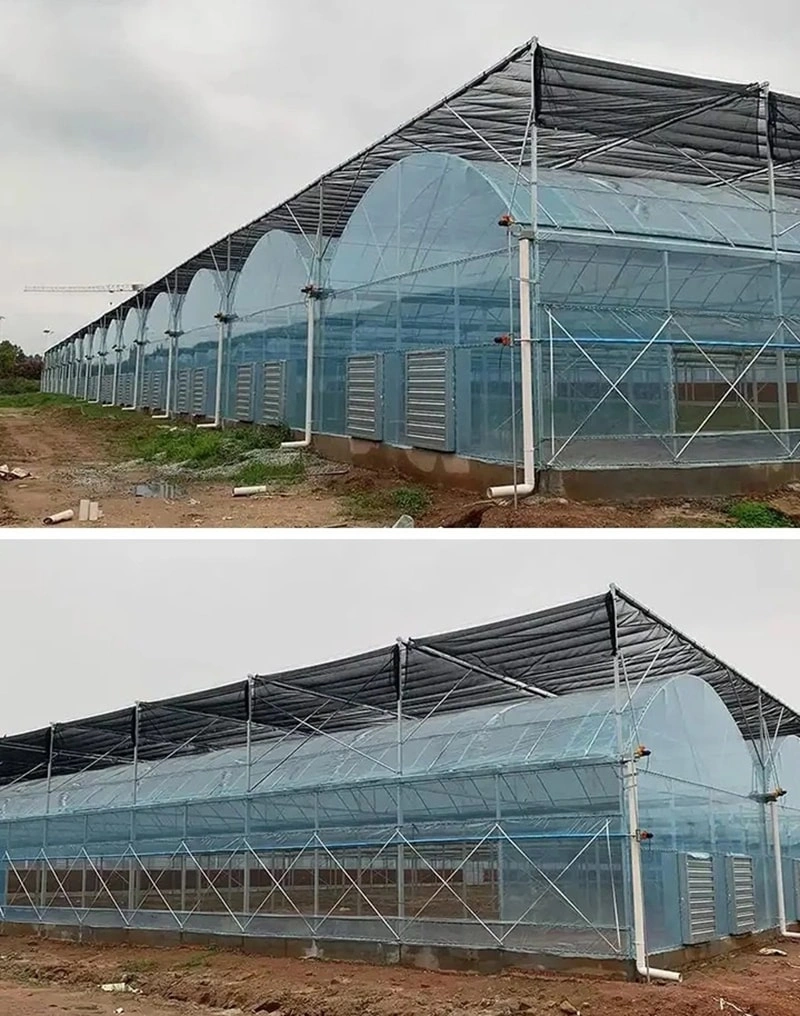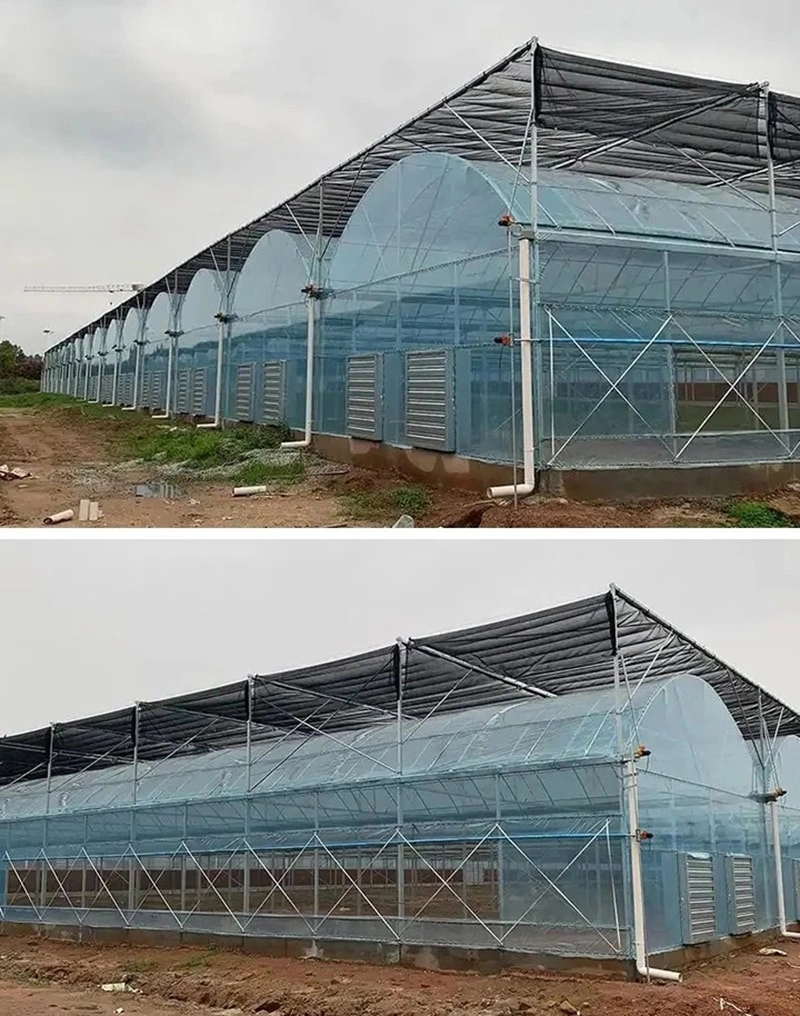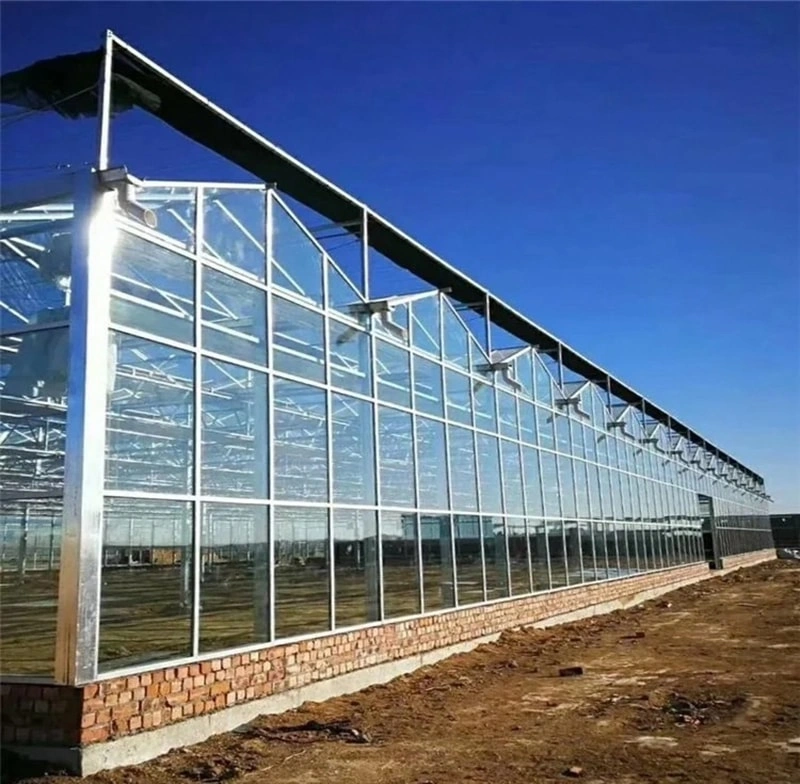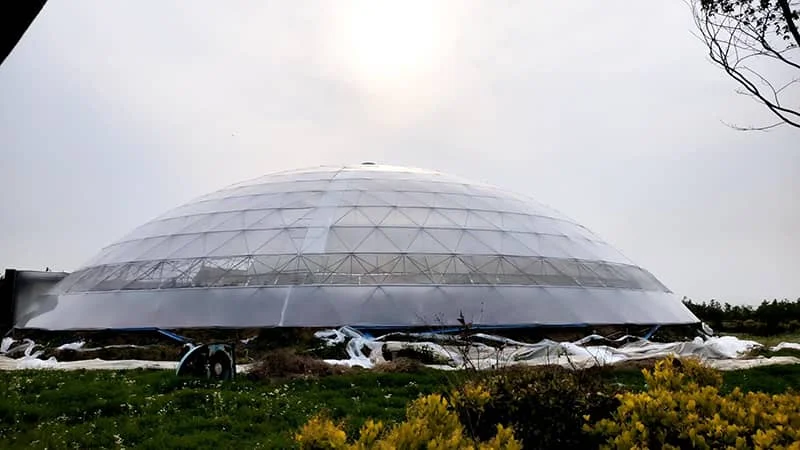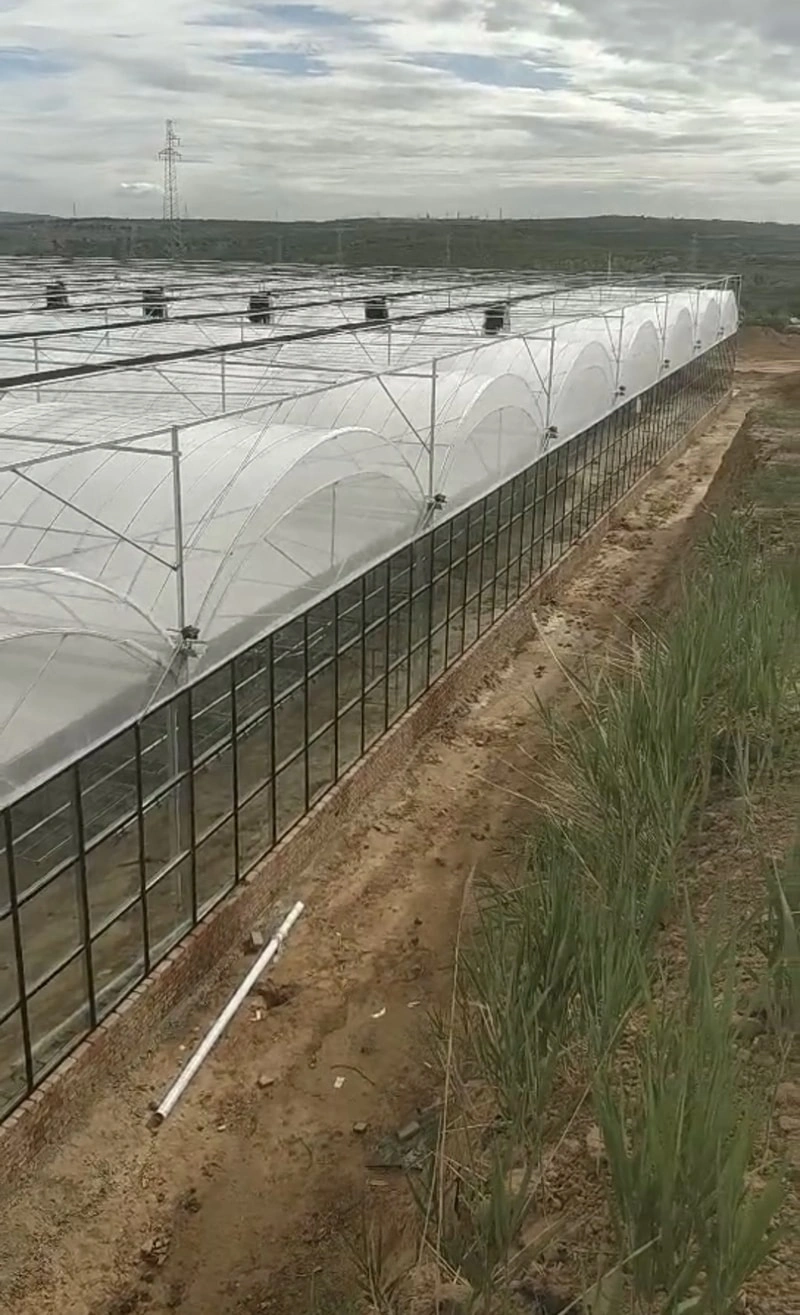Choosing the Right Greenhouse Design for Maximum Efficiency
When it comes to commercial greenhouse construction, the design you choose plays a vital role in maximizing efficiency, minimizing operational costs, and ensuring the long-term success of your agricultural business. With a wide range of greenhouse structures and technologies available today, selecting the right one can be overwhelming. However, by carefully considering key factors such as size, materials, layout, and environmental controls, you can build a greenhouse that meets your current needs and supports future growth.

The Importance of Greenhouse Size and Layout
The first step in designing an efficient commercial greenhouse is determining the right size and layout for your operation. According to Worldmetrics.org, the average commercial greenhouse in the U.S. spans around 200,000 square feet. However, your ideal size depends on your crop type, production goals, and available land.
For instance, if you are cultivating high-value or sensitive crops, a more compact design with advanced climate control may be ideal. Conversely, large-scale operations growing resilient crops may benefit from a more expansive layout with streamlined infrastructure.
Your layout should also support the flow of labor, equipment, and automation. Strategic planning of aisles, pathways, and production zones ensures efficiency, reduces bottlenecks, and enables seamless operation, especially if automation is a part of your long-term strategy.
Considerations for Materials and Construction
The materials used in greenhouse construction are critical to both energy efficiency and durability. Your choice should reflect your regional climate, crop requirements, and budget.
Glass greenhouses offer excellent light transmission and are ideal for crops that require high levels of sunlight. However, they can be costly to install and maintain.
Polycarbonate panels provide superior insulation and are more energy-efficient, making them a practical option in regions with fluctuating or extreme temperatures.
When it comes to the frame, steel is a favored option in commercial projects due to its strength and longevity. Aluminum, while lighter and resistant to corrosion, is better suited for projects that prioritize ease of installation and long-term maintenance.
Environmental Control Systems
At the heart of any successful commercial greenhouse is a robust environmental control system. Your greenhouse should maintain ideal conditions year-round—regardless of external weather patterns.
Key systems to consider include:
Heating and cooling systems Automated irrigation and misting Shading and light management Ventilation and humidity control
Modern commercial greenhouses increasingly rely on automation to manage these systems. Automated climate controls allow for real-time monitoring and adjustment, ensuring consistency and reducing labor costs. This not only enhances crop yield but also minimizes the risks associated with environmental fluctuations.
Future Expansion and Flexibility
An often-overlooked aspect of greenhouse design is scalability. As market demands shift and your business grows, your facility should be able to adapt. By incorporating modular design principles, you can plan for future expansion without significant reconstruction or downtime.
Whether you're expanding production, adopting new technologies, or diversifying your crop portfolio, a flexible greenhouse design will help you stay competitive and responsive to change.
Partner with Ruineng for Your Commercial Greenhouse Project
Choosing the right greenhouse design is a strategic investment in the future of your agricultural enterprise. By taking into account your operational goals, climate considerations, and plans for expansion, you can build a facility that maximizes efficiency, productivity, and profitability.
Ruineng is here to help you turn your greenhouse vision into reality. Our team of experts is ready to guide you through the design and construction process, ensuring a tailored solution that supports your success—today and into the future.
Start planning your commercial greenhouse project with Ruineng today.







